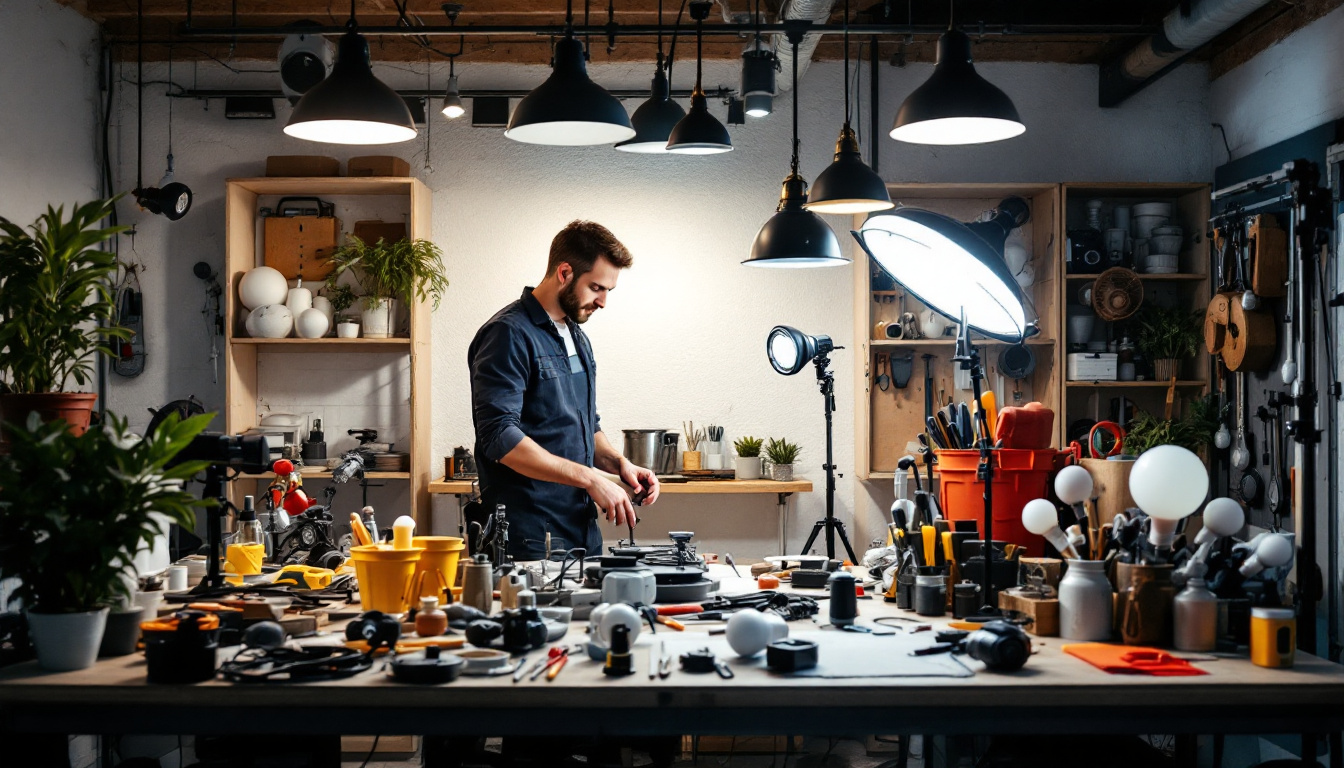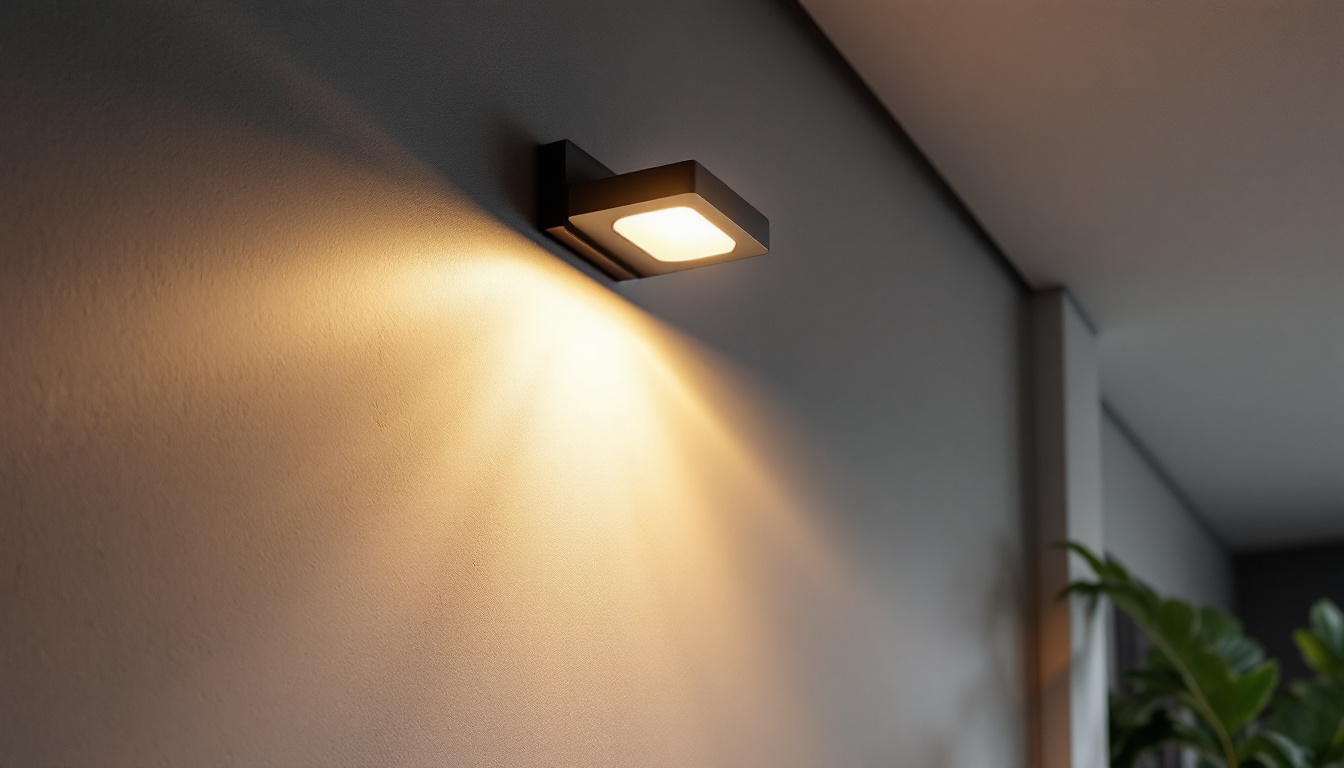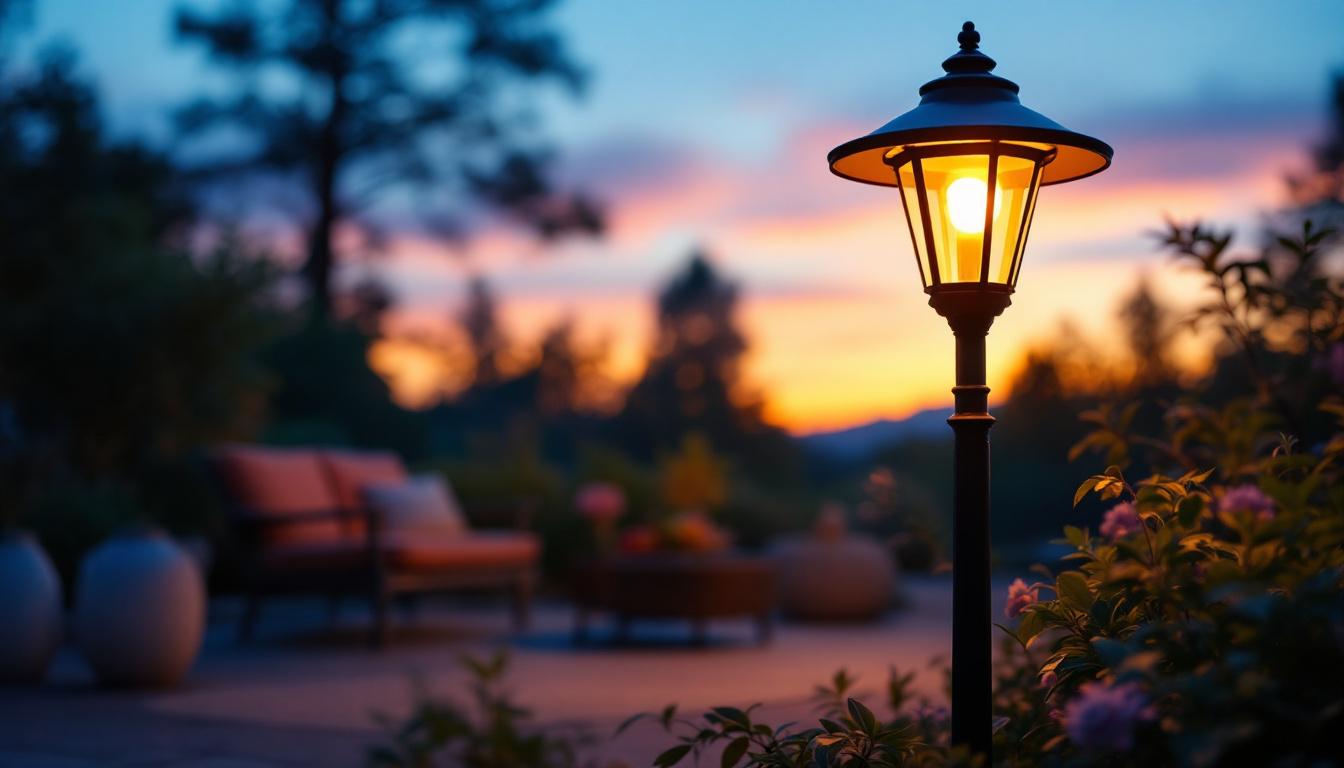
In the world of lighting installation and design, understanding the various accessories available is crucial for any lighting contractor. These accessories not only enhance the functionality of lighting systems but also contribute to the overall aesthetic appeal of a space. This article aims to provide a concise overview of essential lighting accessories, helping contractors make informed decisions on their projects.
Lighting accessories encompass a wide range of products that support, enhance, or modify lighting fixtures. From mounting hardware to Control systems, these accessories play a vital role in the installation and operation of lighting solutions. Familiarity with these components can significantly improve the quality of work and client satisfaction.
Lighting accessories can be broadly categorized into several types, each serving a unique purpose. Some of the most common categories include:
Understanding these categories helps contractors select the right accessories for their specific lighting projects, ensuring optimal performance and aesthetics.
Mounting hardware is essential for securely installing lighting fixtures, whether on walls, ceilings, or outdoor structures. This category includes brackets, clamps, and hangers that not only provide stability but also allow for adjustments in angle and height, enabling designers to achieve the desired lighting effect. Additionally, the choice of mounting hardware can influence the overall style of the installation, with options ranging from sleek modern designs to more traditional fixtures that blend seamlessly into their surroundings.
Control systems, on the other hand, have revolutionized the way we interact with lighting. These systems can range from simple dimmers to sophisticated smart home integrations that allow users to control lighting remotely via smartphones or voice commands. The use of control systems not only enhances convenience but also promotes energy efficiency, as users can easily adjust lighting levels based on the time of day or specific activities. As technology continues to advance, the integration of lighting accessories with smart technology is becoming increasingly popular, paving the way for innovative solutions in both residential and commercial spaces.
Mounting hardware is essential for securely installing lighting fixtures. This category includes brackets, clips, and other components that facilitate the attachment of lights to various surfaces. Proper mounting not only ensures the safety and stability of the fixtures but also enhances the overall aesthetic of the space. Without the right hardware, even the most beautiful light fixtures can become a safety hazard or fail to perform optimally.
There are several types of mounting hardware available, each designed for different applications:
Choosing the right mounting hardware is crucial for ensuring that fixtures remain securely in place and function as intended. Additionally, the choice of mounting hardware can significantly impact the ease of installation and maintenance. For instance, some hardware options come with quick-release mechanisms, making it easier to change bulbs or fixtures without the need for extensive disassembly. Furthermore, considering the weight and size of the lighting fixtures is vital, as heavier fixtures may require more robust mounting solutions to prevent sagging or detachment over time.
Moreover, the material of the mounting hardware can also influence its durability and suitability for different environments. For outdoor lighting, stainless steel or corrosion-resistant materials are often preferred to withstand the elements. In contrast, indoor applications may allow for a wider variety of materials, including plastic or painted finishes that can complement the interior decor. Ultimately, understanding the specific requirements of your lighting installation will guide you in selecting the most appropriate mounting hardware, ensuring both functionality and style in your lighting design.
Control systems are integral to modern lighting solutions, enabling contractors to create dynamic lighting environments. These systems allow for the adjustment of brightness, color, and even the timing of lights.
Several types of control systems are available, each offering unique features:
Implementing effective control systems can enhance energy efficiency and improve user experience in any lighting installation.
Diffusers and lenses are essential for shaping and directing light. They help in controlling glare and distributing light evenly across a space.
Incorporating diffusers and lenses into lighting designs offers several advantages:
By selecting the right diffusers and lenses, contractors can improve both the functionality and aesthetics of their lighting installations.
Proper wiring and connectors are fundamental to any lighting installation. They ensure that fixtures receive the necessary power while maintaining safety and reliability.
When selecting wiring for lighting projects, several factors should be considered:
Using high-quality wiring and connectors is essential for the longevity and safety of lighting installations.
Power supplies are critical components that convert electrical energy into a form suitable for lighting fixtures. They ensure that lights operate efficiently and safely.
There are various types of power supplies used in lighting applications:
Understanding the different types of power supplies is crucial for selecting the right components for specific lighting projects.
Safety is paramount in any lighting installation. Contractors must adhere to local electrical codes and safety standards to ensure that their work is compliant and safe.
To maintain safety during lighting installations, contractors should consider the following best practices:
By prioritizing safety, contractors can protect themselves, their clients, and the integrity of their work.
The lighting industry is constantly evolving, with new trends emerging regularly. Staying informed about these trends can help contractors remain competitive and offer the latest solutions to their clients.
Several emerging technologies are shaping the future of lighting accessories:
By embracing these trends, contractors can offer innovative solutions that meet the evolving needs of their clients.
Lighting accessories play a vital role in the success of any lighting project. By understanding the various types of accessories available and their specific functions, lighting contractors can enhance their installations and improve client satisfaction. From mounting hardware to control systems, each component contributes to the overall performance and aesthetic of a lighting solution.
Staying informed about safety considerations and emerging trends will further empower contractors to deliver high-quality work in a competitive landscape. As the lighting industry continues to evolve, the importance of lighting accessories will only grow, making it essential for contractors to stay updated and adaptable.
In summary, investing time in understanding lighting accessories can lead to more successful projects, satisfied clients, and a stronger reputation in the industry.
Ready to elevate your lighting projects with the finest accessories on the market? Look no further than LumenWholesale, where we provide lighting contractors with superior, spec-grade lighting products at unparalleled wholesale prices. Our commitment to quality and affordability ensures that you have access to a vast selection of reliable lighting accessories that meet the highest industry standards. Plus, with free shipping on bulk orders, you can stock up on everything you need without worrying about hidden fees. Don’t compromise on quality or cost—visit LumenWholesale today and discover the ideal blend of excellence and value for your lighting solutions.

Discover how surface mount light fixtures are revolutionizing the lighting industry, offering contractors a competitive edge with their ease of installation, versatility, and modern design.

Discover innovative strategies and expert insights on outlet receptacles tailored for smart lighting contractors.

Discover how outdoor pedestal lamps can transform your exterior spaces with elegance and functionality.

Discover how floorlamps play a crucial role in lighting contractors’ projects, influencing design choices, functionality, and ambiance.